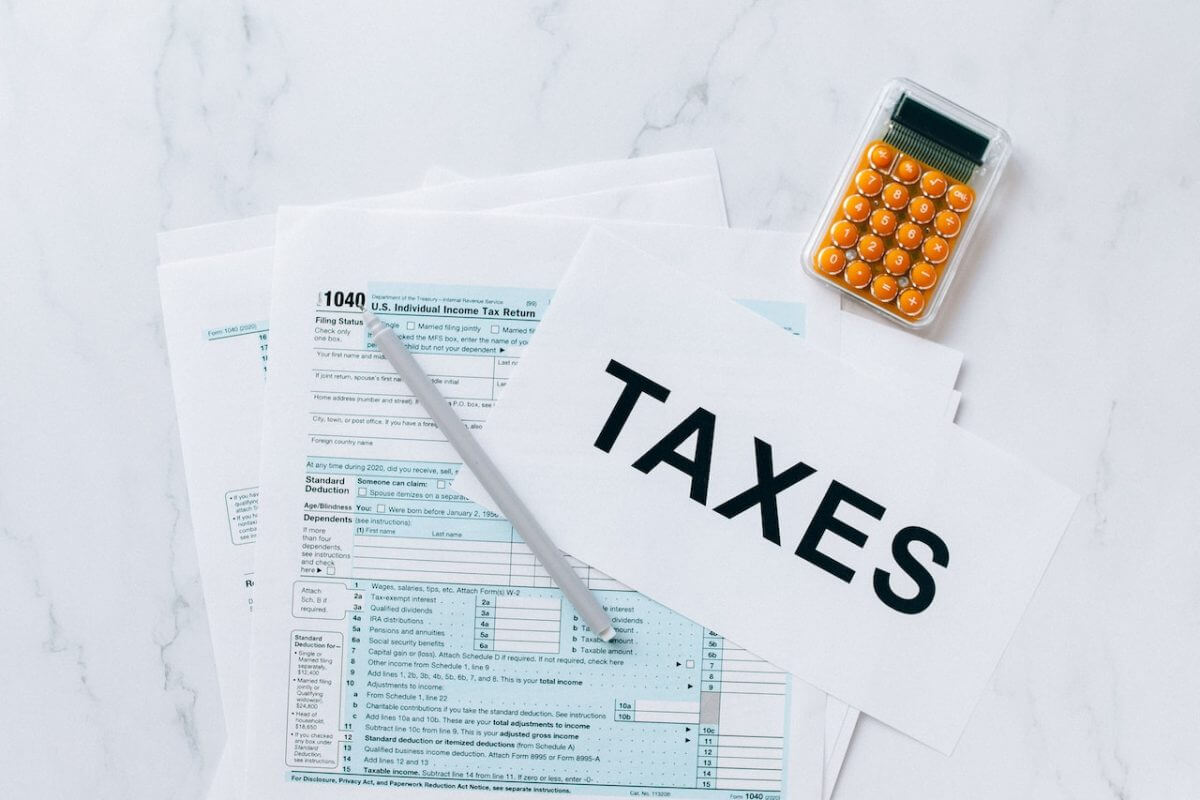As an online seller, you may not be familiar with the rules governing value-added taxes (VAT) in Europe. But when it comes to selling products and services to customers located in the EU, you’ll want to learn what they are. Here’s what you need to know about VAT in 2022
In a Nutshell
VAT is an indirect tax levied on goods and services sold within each EU member state. It’s calculated based on a percentage of the sale price plus any other costs related to making the sale (like shipping). VAT is a tax on the supply of goods and services. It’s a percentage imposed on the net amount of your sale, with the amount varying by country. VAT can be charged at multiple levels in an invoice—for example, if you’re selling an item to a European company and then that company sells it to another European company, each party would need to calculate their own VAT charge based on their own estimated profit margin from the transaction.
In most cases, sales tax applies in addition to VAT (or any other import taxes). Sales tax is usually less than 20%, while VAT ranges from 17%–25%. In some places like Denmark or Sweden where there are no sales taxes but rather value-added taxes at 25%, this means that consumers pay 35% more than if they were buying products locally without paying taxes because these countries don’t have any other local levies besides value added taxes (VAT).
In the case of VAT collected, VAT is charged on the difference between the VAT on your sales and that on the purchase of your service or goods.
The EU VAT Landscape in 2022
VAT rates vary from country to country. This means that if you’re selling online in Europe, any products or services that your customers’ purchase will be charged VAT at the rate applicable in their home countries.
Businesses must register for VAT with each country’s national revenue service, which will require them to submit a legal registration number (known as a “VAT number”). They can then apply the correct amount of VAT on transactions.
The impact of Brexit on non-EU sellers
Non-EU sellers will have to register for VAT in the UK. If you sell goods to UK consumers from outside the European Union, you’ll need to register for VAT. This applies even if your business is based in another country that has a different tax regime.
Non-EU sellers will have to register for VAT in Norway, Iceland, and Liechtenstein. If you’re selling goods or services to Norwegian, Icelandic, and Liechtenstein shoppers from outside the European Union (EU), then there’s also a chance that your business needs to be registered with their tax authorities too.
If you consider becoming a seller, there are two important questions that you should think about before diving in.
What are the VAT rates in the EU?
The VAT rate in Europe depends on where you sell your products. In most countries, it’s 20%, but some countries have lower rates and others charge higher rates. And this can change over time—for example, France lowered its standard rate from 20% to 10% from 2022 onward. Also, the United Kingdom, the European Union member states, and the United States of America have introduced reduced VAT rates on certain products, supplies, or services such as food products, hospitality, and medical equipment during the COVID19 pandemic.
How do I calculate VAT in Europe?
There are two ways: flat-rate calculation (which is easier) or percentage-based calculation (which gives more accurate results). The flat-rate calculation involves multiplying your gross price by the applicable flat rate in a given country; percentage-based calculation involves multiplying your gross price by the applicable percentage rate for a given country’s jurisdiction and then adding that value onto a fixed amount (known as “zero rating”). According to European Union regulations, sellers must use one method or another at all times when selling across borders within EU member states; however, which method they choose may vary based on their needs or preferences—so ask yourself which one makes more sense for you before deciding!
The Aftermath
VAT has long been a tricky subject for online sellers. It’s never been easy to figure out how much VAT you need to charge and what your responsibilities are, but the new rules coming into play in 2022 will make it even more confusing.
The EU VAT Landscape in 2022 is an evolving topic and one that will continue to have a major impact on online sellers. With Brexit looming and new regulations being introduced every year, understanding how VAT works in the EU and how it can affect your business is the key.
Disclaimer: Information in this article is for informational purposes only. Sales tax rules and laws are subject to change at any time, so please check with your legal or tax professional before making any decisions based on what you read here.

